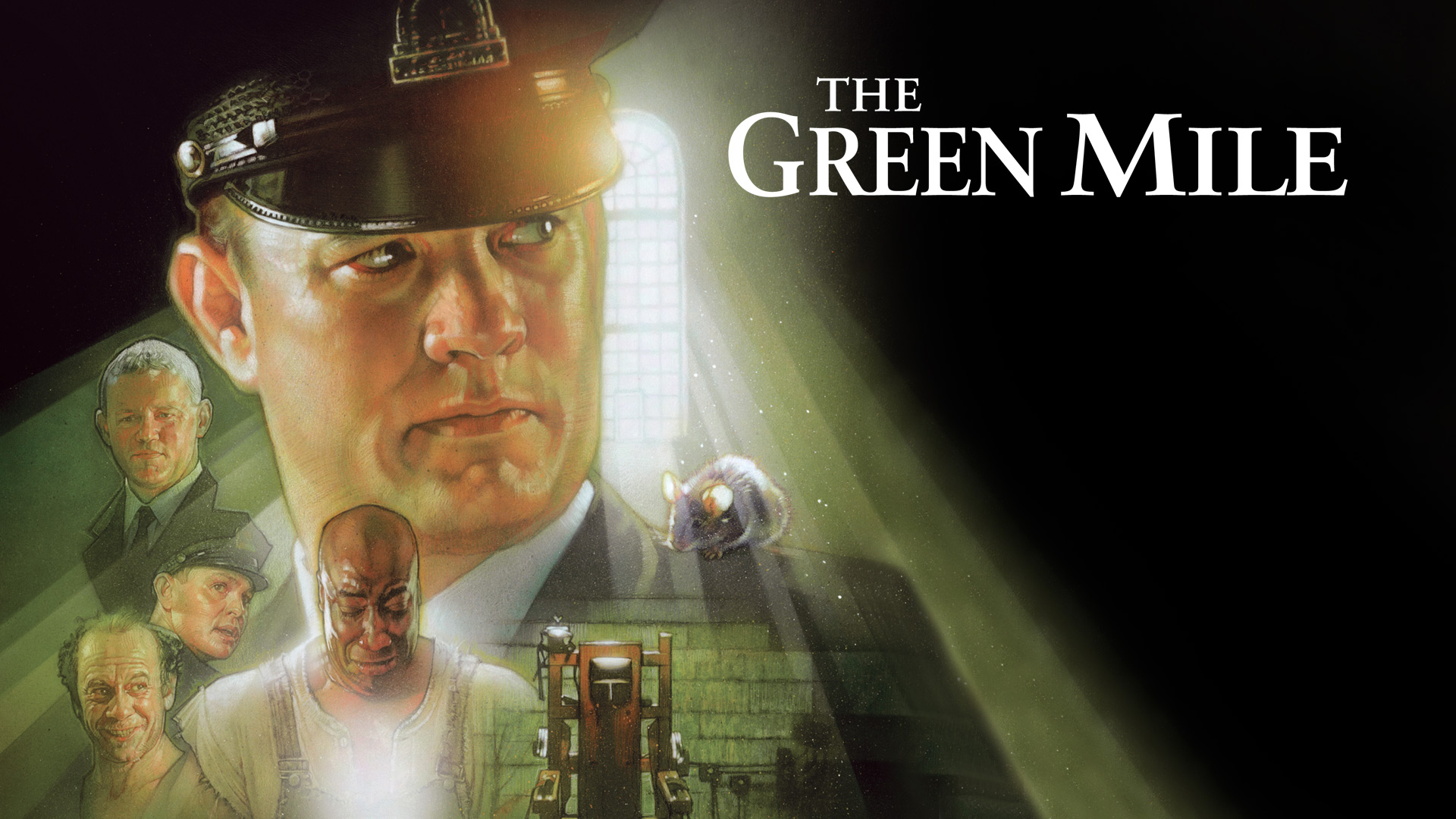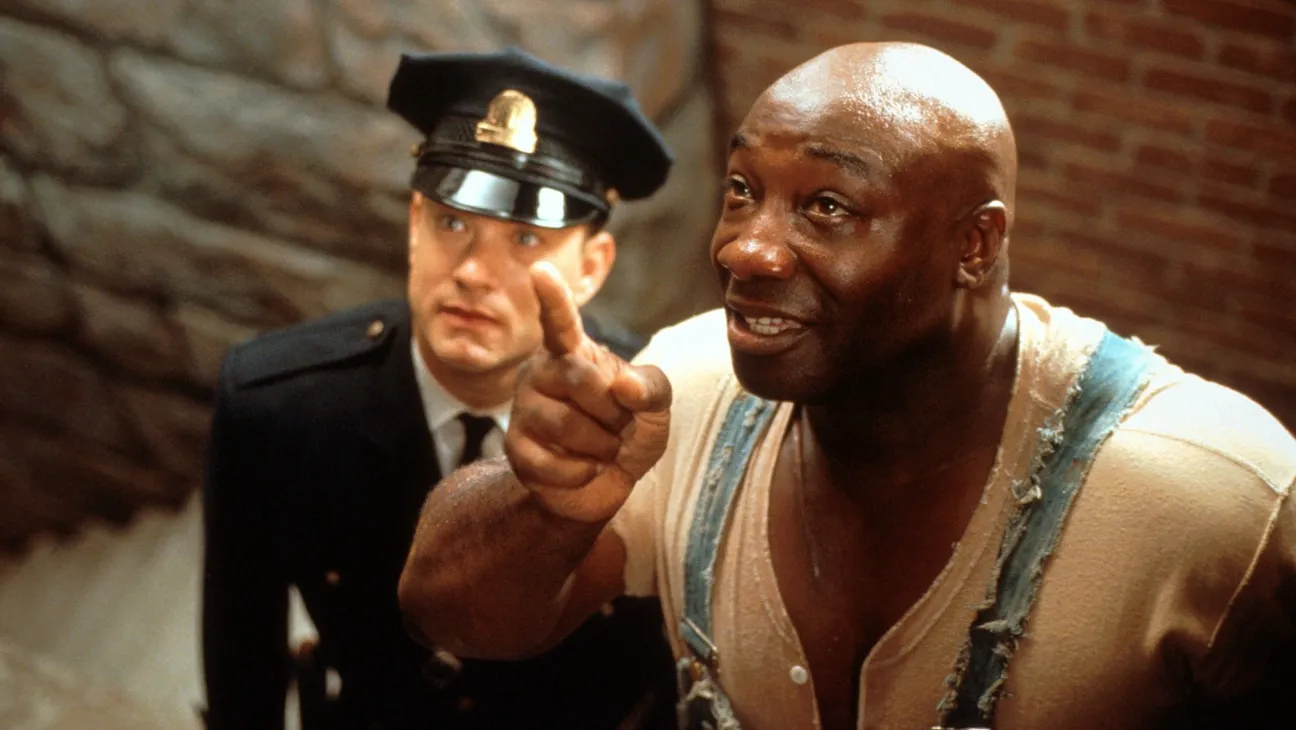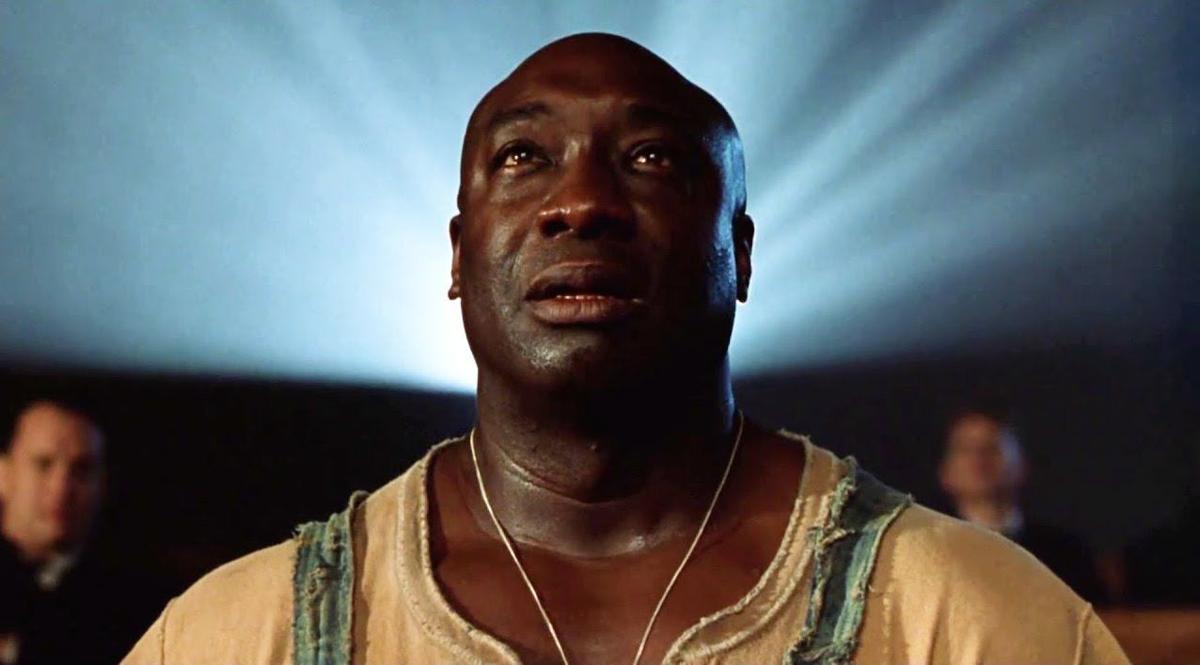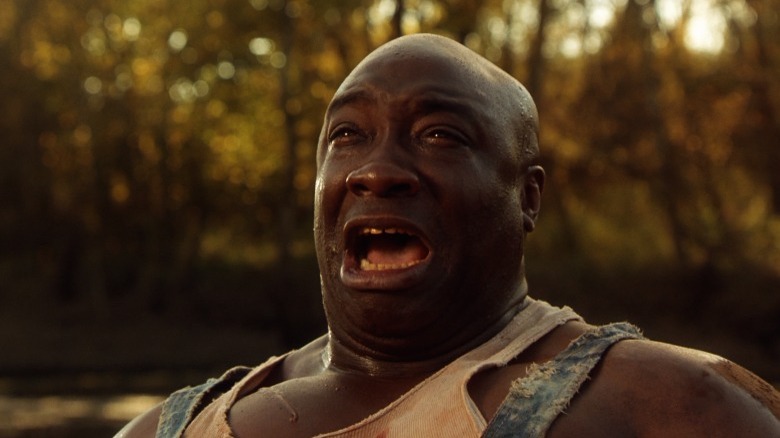Directed and written by Frank Darabont, The Green Mile is a deeply emotional and thought-provoking film set in 1935, where death row guard Paul Edgecomb (played by Tom Hanks) meets John Coffey (Michael Clarke Duncan), a large Black man wrongfully convicted of the brutal murder and rape of two white girls. The film blends elements of prison drama and supernatural occurrences, weaving a poignant tale that has left many viewers wanting more clarification on its conclusion. Despite its fantasy elements, The Green Mile takes a deeply human approach to explore themes of justice, innocence, and the complexities of the human condition.
The Green Mile Ending Explained
The film’s tragic ending revolves around the fact that John Coffey, despite his supernatural abilities, is wrongfully executed for crimes he did not commit. Coffey’s character, who has a deep, childlike innocence, doesn’t resist the execution. This acceptance of his fate reveals much about the tragedy of his character. Even with his incredible powers and physical size, he does not attempt to escape. Coffey tells Paul that he has seen too much evil in the world and, in a sense, welcomes death as a release from that torment. His willingness to die, despite the injustice, only amplifies the sadness surrounding his fate.

Coffey’s Smile at His Execution
In a heart-wrenching scene, Coffey smiles just before his execution. This smile adds a layer of complexity to his character. Although he has expressed his fear of dying, his smile likely serves as a reassurance to Paul, knowing that his gifts will live on through him. Coffey has always sensed that Paul is a kind and good man, and it’s implied that he knows his supernatural abilities, which include healing powers, have been transferred to Paul. The smile may symbolize Coffey’s comfort with the fact that Paul will use those gifts to help others.
In the film’s framing device, Paul Edgecomb is shown to be 108 years old, sparking questions about how he has lived for so long. The nature of Coffey’s healing powers and their impact on aging remains unclear, but based on how Mr. Jingles, the mouse, has aged much slower, it’s suggested that Paul’s life has been extended. It is speculated that Coffey’s powers might have granted him a form of immortality, but Paul views this long life as a form of punishment. The tragic nature of his longevity is highlighted by his outliving everyone he has loved, yet the mystery of how long he will live remains unresolved.
Comparison of the Book and the Movie’s Ending
While the movie’s ending is emotional and tragic, Stephen King’s original novel is even darker. In the book, Mr. Jingles dies shortly before Elaine, offering a more direct indication of Paul’s eventual fate. Additionally, the film’s framing scenes, where Paul is not writing his memoirs but watching the movie Top Hat, differ from the book’s narrative style. These changes affect the interpretation of Paul’s fate, making the book’s ending even sadder and leaving a more definite understanding of his eventual demise.
Karma is an underlying theme throughout The Green Mile, with John Coffey serving as an example of the concept. Throughout the film, Coffey helps the good-hearted characters and ensures that those who have wronged others face their appropriate fate. However, Coffey’s fate stands in stark contrast to this karmic cycle. Despite his goodness and innocence, Coffey is punished for a crime he did not commit, which highlights the film’s exploration of the unfairness that sometimes prevails in life.

The Messianic Themes of Coffey’s Character
In many ways, John Coffey fits within the traditional narrative of a messiah figure. His supernatural powers, coupled with his innocence and eventual sacrifice, parallel many religious motifs. Coffey’s initials, J.C., further emphasize this messianic comparison. His acceptance of death, despite its unfairness, underscores his desire to escape a world filled with pain and evil. This biblical symbolism adds depth to the film, offering both a reflection on human kindness and the struggles against prejudice. The film’s fantastical elements, such as Coffey’s ability to heal and even resurrect, enhance the sense that Coffey is a larger-than-life figure.
The Director’s Insight into the Ending
Frank Darabont, the director of The Green Mile, explains that the ending is intentionally bittersweet and not rooted in the traditional sense of hope. Darabont notes that Paul’s fate mirrors Coffey’s in some ways: both are good men who face unfair consequences. While Darabont admits he doesn’t fully understand the meaning behind Coffey’s ultimate fate, he acknowledges that the unresolved nature of the story contributes to its power. Darabont emphasizes that the mystery behind The Green Mile is part of what makes the story so compelling.
David Morse, who portrays the prison guard Brutus ‘Brutal’ Howell, reflects on the enduring relevance of The Green Mile, particularly about modern issues like racial injustice and the Black Lives Matter movement. The film’s central narrative — the story of an innocent Black man condemned to death for a crime he didn’t commit — resonates strongly with contemporary audiences. Morse acknowledges that while the exact meaning of the film may be difficult to pinpoint, its emotional heart and soul are what make it so impactful. The themes of kindness, suffering, and unfair fate continue to strike a deep chord with viewers.

Audience and Critical Reception
The Green Mile received mixed reviews from critics but garnered a largely positive reception from audiences. While the film’s Rotten Tomatoes score is 79%, audience ratings place it much higher at 94%. Many viewers cite the film’s emotional depth and the way it challenges their understanding of justice and kindness. In his review, critic Roger Ebert praised the film’s ability to weave a detailed and compelling narrative. He admired how Darabont directed the story with care, allowing for emotional release while maintaining a solid structure. For many, the ending of The Green Mile is a powerful, unforgettable moment that continues to resonate long after the credits roll.
A Final Reflection on the Ending
The emotional and complex ending of The Green Mile is what has allowed the film to remain impactful over the years. The movie balances heartbreak with moments of levity, showcasing disturbing evil and inspiring acts of kindness. While critics and viewers may interpret the meaning in various ways, the film’s emotional core—centered on the unfairness of fate and the suffering of good people—continues to engage audiences long after its release. The film is undeniably one that challenges, moves and leaves a lasting impact on anyone who experiences it.




